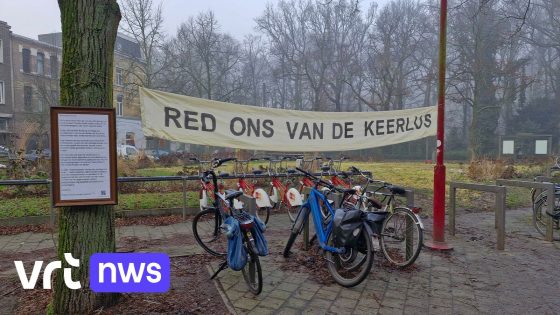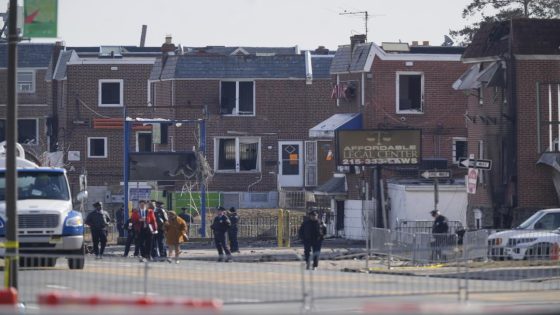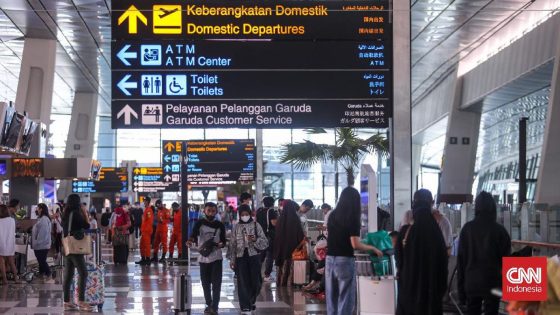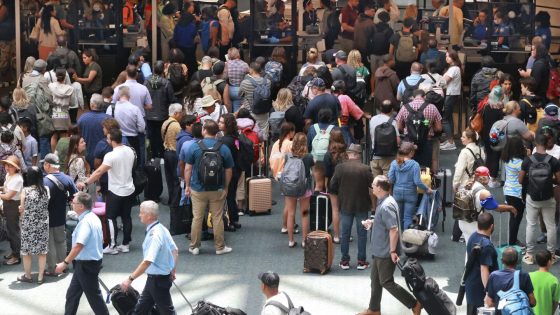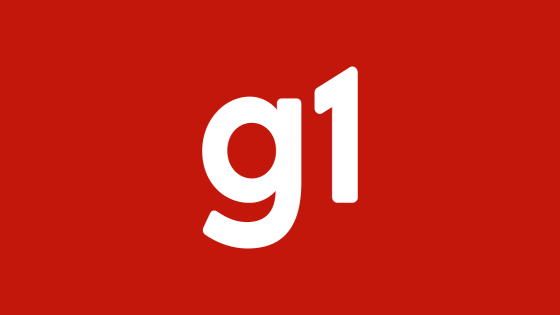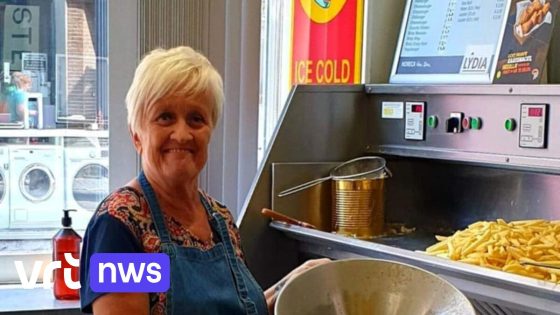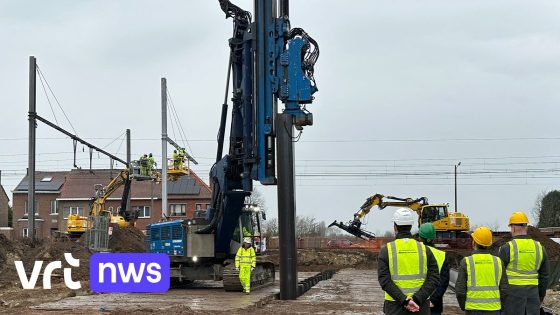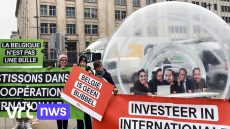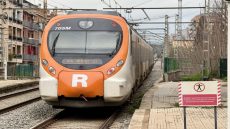The ongoing debate over the controversial tram loop in Deurne continues to spark tension. On March 26, 2025, opposition party PVDA criticized the explanations provided by De Lijn and Mobility Alderman Koen Kennis (N-VA). Is there really no room for alternative solutions?
- PVDA criticizes De Lijn's explanation.
- Koen Kennis accused of ignoring public input.
- Manal Toumi represents PVDA in Deurne.
- Concerns over lack of funding for alternatives.
- Emphasis on available alternative solutions.
Controversial Tram Loop in Deurne: Are Alternatives Being Ignored?
Why is community input being overlooked? Critics argue that the current plans lack consideration for viable alternatives. Manal Toumi of PVDA expressed frustration, stating that Alderman Kennis remains unresponsive to citizen participation.
The Impact of Public Participation on Transport Decisions
The tram loop controversy raises important questions about public involvement in urban planning. When citizens feel unheard, what does that mean for future projects? It’s essential to consider how these decisions affect daily commuters and local communities.
Understanding Community Concerns About Public Transport
Community feedback is crucial in shaping effective transit solutions. Here are some key points raised by residents:
- Lack of transparency from decision-makers.
- Concerns over funding priorities impacting alternative options.
- The need for better communication between officials and the public.
- Desire for more inclusive planning processes.
The Role of Government Officials in Urban Planning
Alderman Koen Kennis’s stance has been met with skepticism. As a representative, he should prioritize listening to constituents’ needs. What happens when officials disregard community input? Trust erodes, leading to increased public dissent and disengagement from civic matters.
Exploring Alternative Solutions for Deurne’s Tram System
If funding is a barrier, could innovative solutions emerge? Exploring partnerships with private sectors or utilizing technology might offer new pathways. Engaging with local stakeholders can also foster collaboration and creativity in addressing transportation challenges.
This ongoing discussion illustrates a vital aspect of urban development—balancing infrastructure needs with community voices. How can we ensure that everyone has a say in shaping their environment?



